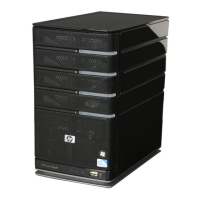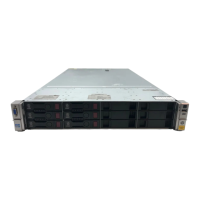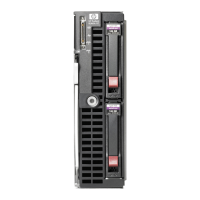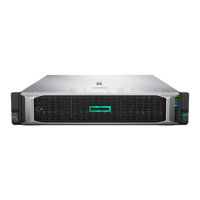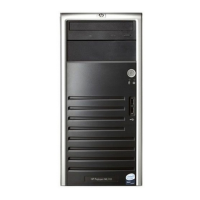Persistent Storage Manager
43NAS 1000s Administration Guide
For restore:
■ Delete all active snapshots as the restore will cause the cache file to grow.
■ Select only the files representing the data of the volume and not the *.psm files.
■ Be sure to restore to the root of the target volume.
■ Restoration of operating system partitions does not restore the registry hive. System state
backups should be utilized in these instances.
Snapshots Performance Impact
When using snapshots, performance of the disk may be affected, depending on the rate that
data is changing and the number of snapshots kept for each disk. Read performance of the disk
remains constant, regardless of the presence of snapshots. Read performance of the snapshot is
identical to that of the disk. Write performance, however, may vary. PSM creates minimal
additional I/O overhead which is limited to writes. The copy-on-write process adds one read
(the write is paused to read the old data) and one write (the old data is written to the Diff
Directory file) to each write system request. This only affects each initial write to a disk area
that has a snapshot running on it. Copy out is not performed on subsequent writes to the same
disk block, so write performance is unaffected after the initial write to each block.
Predicting the exact effect of snapshots on any particular disk is difficult, because several
variables are involved. These variables include the type of applications accessing the data and
the rate of change of the files on the disk. When a high percentage of writes is made to the
same area, as when a file is constantly rewritten, the effect is called write locality. Disks with
high write locality experience less performance degradation due to snapshots.
Recovering Snapshots after a System Restore or System Loss
The NAS 1000s ships with a Quick Restore DVD in case the server must be restored to its
factory default state. If the primary operating system becomes corrupted and unaccessable,
registry information for existing snapshots are lost. Volume data remains unaltered and
accessable using the secondary OS. However, the snapshots are invalid. Even though all
snapshot folders and cache files exist on the system volumes, the snapshots are not accessible
to PSM in the secondary OS, and are orphaned. At this time, the user should backup all data
by booting using the secondary OS and then restore the system to it's factory default state
using the included Quick Restore DVD.
Caution: Performing a quick restore prcedure using the Quick Restore DVD will delete all
data on all drives in the system.
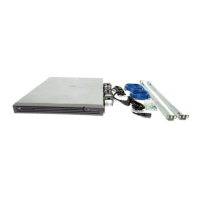
